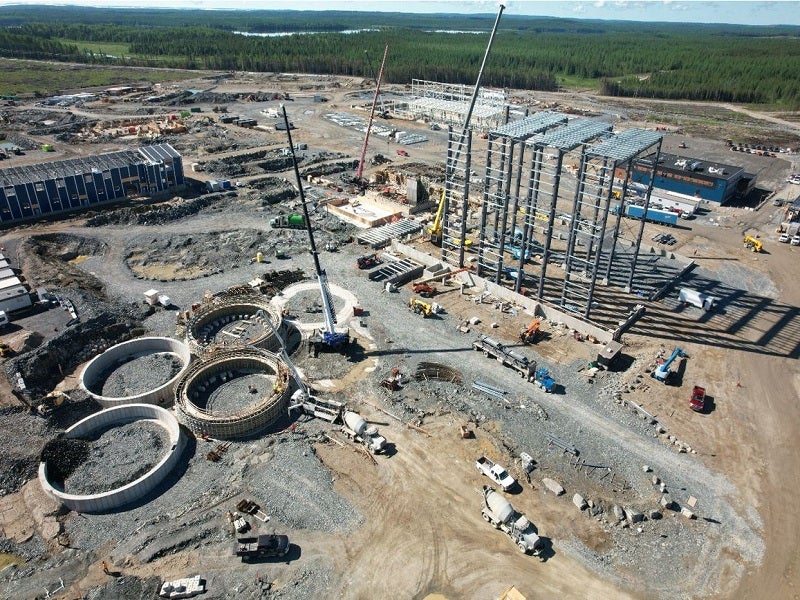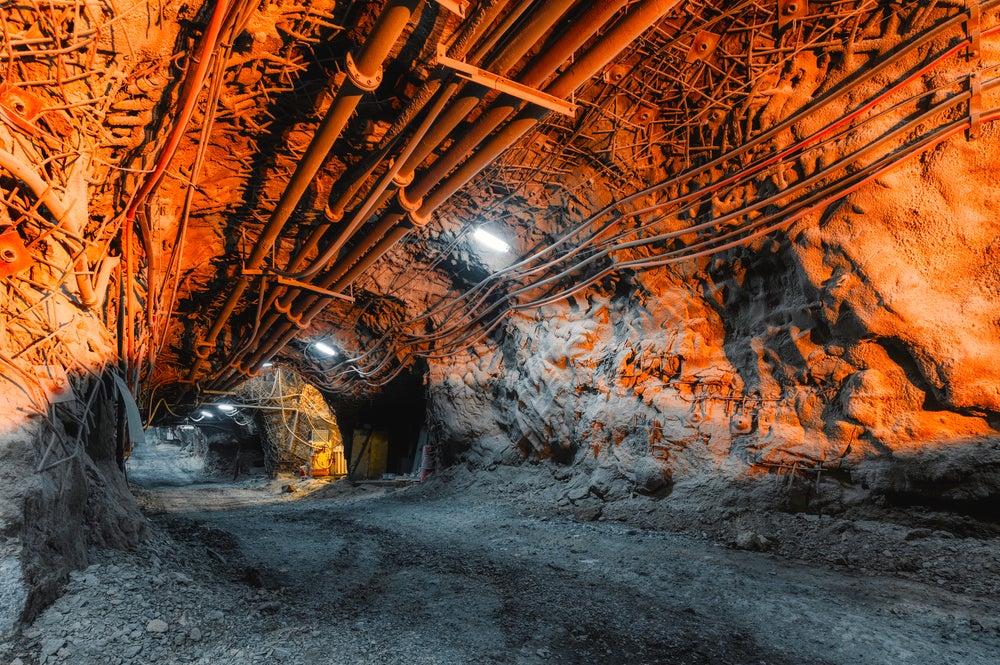
Almost 100 mines worldwide will begin operations in 2024, and of those the largest will be focused on producing iron ore, gold and copper according to GlobalData, which tracks more than 33,000 mines and projects around the world. Some of these projects have been in development for years and the operators and owners have already invested millions of dollars in feasibility studies, mining licenses, environmental permits and in some cases legal battles to get started.
“With all the financial pressures of commissioning a new mine, the last thing an operator needs is for anything to go wrong, especially when it could be avoided,” says Leigh Carlson, chief executive officer of Fluid Control Services, based in the US. “One inexpensive way to protect your loaders, excavators, dozers and all your heavy machinery from premature breakdown is by using our Seal Saver product, which protects and extends the life of seals and cylinder rods.”
Historically, and in an effort to keep a mining worksite efficiently operating at its full capacity, cylinders for mining equipment being utilised in the field have to be removed, rotated with a spare and sent out for reconditioning with some regularity. The frequency of this occurrence would depend on the mining conditions. After excessive reconditioning a cylinder would have to be completely replaced.
“This work is time consuming, labour intensive and requires heavy lifting equipment with increased risk of injury for artisans,” says Carlson. “The Seal Saver can operate unaffected in continuous exposure temperature of 985°C (1805°F) and a melting point of 1649°C (3000.2°F) and it can be easily installed and removed when necessary because of its wrap-around design and Velcro closure.”
The Seal Saver is already being used by many mining companies around the world to protect their heavy machinery and the feedback has been overwhelmingly positive. “We tailor it to suit the application. It’s not a one-size fits all product. But it is a cost-effective and time-saving product that any mining company could probably do with more than ever right now.”
Using market intelligence collected by GlobalData, Carlson reveals which mines will be some of the world’s largest should they start on schedule in 2024, measured by run-on-mine (ROM) capacity.

Onslow Project, West Pilbara, Western Australia
Mineral Resources, which owns the iron ore mine, has said the project’s long lifespan – 30 years – had “compelling economics” which would be critical to tolerating volatile commodity price cycles in the future. Annual iron ore capacity at the site when operational is expected to be 36.5 million tonnes with development capital expenditure reported to be A$3bn ($2bn). Mineral Resources said it is building luxury accommodation nearby the mine in a bid to attract women and families and change the profile of the mining workforce. Hitachi is providing the mines mining trucks and two EX3600 excavators for the project.
Likelihood of starting production: High
Mesabi Metallics Project, US
The Mesabi Metallics iron ore project is being developed in Nashwauk, Minnesota, US. The greenfield project is owned by Chippewa Capital Partners and will be operated by Mesabi Metallics. Construction began in 2009 and has hit many roadblocks. When operational, the open pit mine is expected to have a 23.6 million tonnes (mtpa) iron ore run-on-mine (ROM) capacity.
At the start of 2023, Mesabi Metallics Company LLC said that the project was more than 50% complete and when finished, will be the largest investment ever in Minnesota with more than $2.5 billion invested into it.
Likelihood of starting production: High
Greenstone Project, Canada
The Greenstone gold project is located approximately 275 km northeast of the city of Thunder Bay in Ontario, Canada. The brownfield project, with a mine area of 15,028 hectares, is owned by Equinox Gold Corp and Orion Mine Finance. Construction began in 2021 and is expected to pour gold in the first half of 2024.
The open pit mine has the capacity to yield 13.5 gold ore mtpa over the 14-year expected lifespan of the mine and during the first five years of operations is expected to produce 400,000oz of gold a year.
The Project encompasses the former Hardrock, MacLeod-Cockshutt and Mosher underground mines which operated from the late 1930s until about 1970 and together produced more than two million ounces of gold. Operations will focus on the Hardrock deposit. Equinox Gold has said that the project “creates a lower risk profile” for the business.
Likelihood of starting production: High
Côté Gold Project, Canada
The US $1.3 billion Côté Gold Project is also based in Ontario, Canada. Owned by Sumitomo Metal Mining and Iamgold Corporation and will be operated by Iamgold. Construction began in 2020 and when operational, the open pit mine has a 24.51mtpa ROM gold ore capacity. It is estimated to contain 233 million tonnes (Mt) of proven and probable reserves graded at 1.0g/t, with contained gold of 7.28 million ounces (Moz). It is expected to operate until 2041. In a project update released in October 2023, Iamgold Corporation said the project was 90.6% complete. Caterpillar is providing most of the project’s heavy machinery including 14 793F autonomous mining trucks.
Likelihood of starting production: High
Toromocho Expansion Project, Peru
The Toromocho Expansion Project is located in Morococha, Junin, Peru. The greenfield project is owned by the Aluminum Corporation of China and will be operated by Minera Chinalco Peru. When operational, the open pit mine is estimated to have a ROM capacity of 15.5mtpa copper, molybdenum and silver. It is expected to operate until 2048.
Likelihood of starting production: High
Jimblebar Expansion Project, Australia
The much-delayed Jimblebar Expansion Project in Newman, Western Australia is owned by BHP, Itochu Corp and Mitsui & Co Ltd. It will be operated by BHP Iron Ore (Jimblebar). When operational, the open cut mine is estimated to have a capacity of 20 mtpa of iron ore.
Likelihood of starting production: Medium



